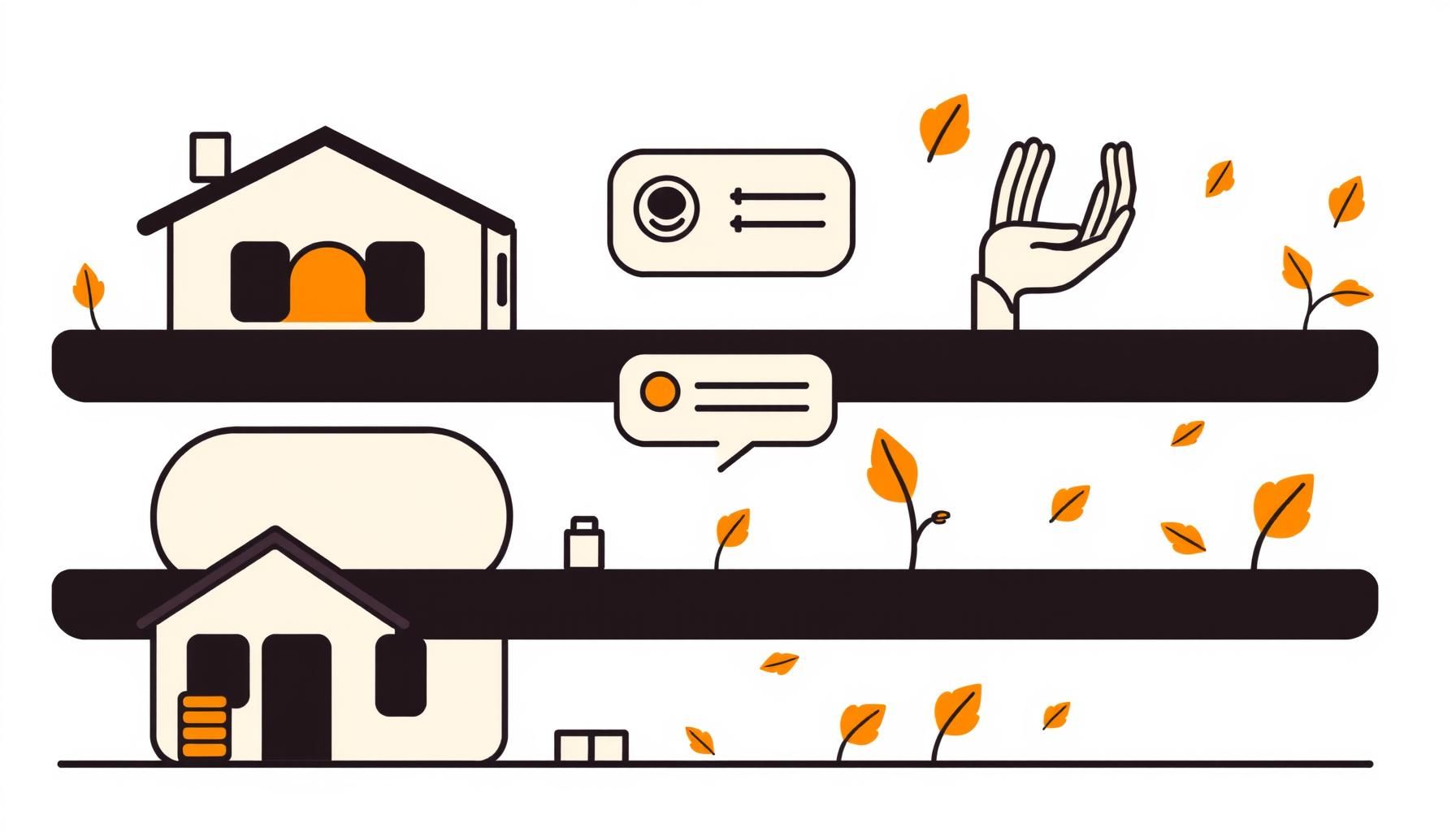
Watching my daughter build her block tower, I saw how hands-on learning shapes understanding. Puneet Chandok’s AI fitness analogy struck me: Just like gym workouts, kids gotta grab AI tools like paintbrushes! Children need active engagement with these tools, not passive theory. His urgent message? Kids must experiment with AI themselves to gain true literacy for tomorrow’s world.
What Sparks the AI Fitness Revolution?

Puneet Chandok’s analogy is downright brilliant! You wouldn’t get fit by watching others exercise at the gym, right? You need to feel the burn, lift weights, run the miles. The same magical truth applies to AI literacy! Tech leaders globally urge young people to ‘play around’ with AI tools, emphasizing that becoming fluent with artificial intelligence requires active engagement, not just watching from the sidelines.
Here’s the fun part: This perspective aligns perfectly with developmental principles we instinctively understand for young learners. Children don’t learn about gravity by reading about it—they drop things! They understand volume by filling and emptying containers. Learning by doing isn’t just effective; it’s how we’re wired to make sense of the world!
Recent research from Harvard Business Publishing Corporate Learning and Degreed examined behaviors toward generative AI across 2,739 employees globally. The findings are revealing: employees who engage with AI frequently approach learning in radically different ways! They favor hands-on, self-directed, continuous learning over traditional structured training. This research suggests that early exposure to AI tools through exploration could fundamentally reshape how our children learn throughout their lives!
Why Does the Future Demand AI Fluency?

The career landscape is transforming before our eyes, and it’s truly exciting! Chandok highlighted new AI-driven roles emerging faster than we can imagine—from prompt engineers to AI agent managers. These aren’t just tech positions; they’re becoming essential across industries!
Consider this powerful insight from a survey of hiring managers and professionals: a jaw-dropping 26% say AI fluency is now a baseline requirement for job applicants. Even more stunning, 40% of hiring managers express greater trust in graduates whose programs required hands-on AI use across all subjects. That’s not just a trend—it’s a workplace revolution.
The explosion of AI in our workplaces creates an unprecedented opportunity rather than a threat. As Indeed’s research reveals after assessing over 2,800 work skills: While AI is unlikely to replace jobs entirely, people who can use AI productively will outperform those who can’t! This revelation should fill us with hope and urgency to prepare our children for this AI-enhanced future.
Just the other day, I watched my daughter navigate a drawing app that had AI suggestions, making creative choices while sometimes accepting and sometimes ignoring its recommendations. In that moment, she wasn’t just playing—she was developing the foundation for the creative problem-solving that will power tomorrow’s careers!
How Can Play Build True AI Literacy?

So how do we build this AI fluency in our children while preserving that precious childhood joy? The answer is beautifully simple: through playful exploration!
Our approach to AI learning should mirror our parenting philosophy—emphasize discovery, foster curiosity, and balance technology with rich real-world experiences. Consider these energizing strategies for your parenting toolkit:
1. Open-Ended Play with AI Tools: Instead of prescriptive activities, let children explore AI applications in ways that naturally interest them—whether through creative apps, educational games, or simple content creation tools. The magic happens when there’s no single ‘right’ way to engage!
2. Connect to Their Passions: Does your child love art? Explore AI image generators. Fascinated by stories? Experiment with AI storytelling companions. When learning connects to what excites them, the enthusiasm is contagious!
3. Embrace the Mess: Learning through AI experimentation means sometimes getting things wrong—and that’s beautiful! Celebrate those moments when an unexpected result leads to new discoveries. The growth mindset we want our children to develop thrives in these moments of productive struggle.
4. Balance Screen Time with Real-World Adventures: The clearest approach to AI fluency combines thoughtful technology use with the tangible experiences that ground children in reality. That explorer’s curiosity? It blossoms through outdoor adventures, tactile play, and face-to-face connections—experiences that AI can enhance but never replace.
Research consistently shows this balanced approach works best: developing foundational skills through varied experiences that both prepare children for technological futures and preserve the creative, inquisitive spirit of childhood.
Why Should Parents Adopt a Playful AI Mindset?

Perhaps most importantly, we need to embrace our own AI curiosity! Children learn through observation, and when they see us approaching new technology with excitement rather than apprehension, they develop confidence too.
Start with small experiments together. Use voice assistants to answer questions on walks. Explore simple AI tools that turn family drawings into animated stories. Play with translation apps during cultural conversations. My own parents, who sometimes struggle with technology, recently used a translation app during a video call with relatives overseas—it was heartwarming to see them embracing these tools to connect across languages. These aren’t just tech experiences—they’re opportunities to bond, learn together, and model lifelong learning!
Remember that Chandok’s wisdom extends beyond mere career preparation. The ability to engage thoughtfully with technology develops critical thinking, problem-solving skills, and adaptive thinking that serves every aspect of life.
As we navigate this evolving landscape, what if we viewed AI not as something to fear or control, but as another tool in our parenting toolkit—one that can spark imagination and connection when balanced with the rich experiences of childhood?
As we navigate this evolving landscape, let’s remember that our children’s most valuable AI fluency comes not from mastering specific tools but from developing the confidence to explore, learn, and adapt throughout life. The best way to prepare them? By fostering that same curiosity we see in their play, guided through the learning landscape that extends into tomorrow. After all, isn’t that the core of what we want for our children—not just to be ready for the future, but to approach it with joy and wonder?
Source: Learn to play around with AI tools, get fluent: Microsoft India President advises youth, Economic Times, 2025-08-24
